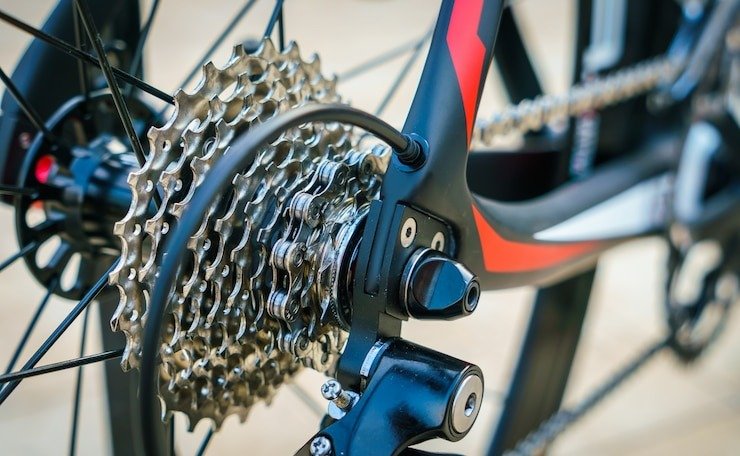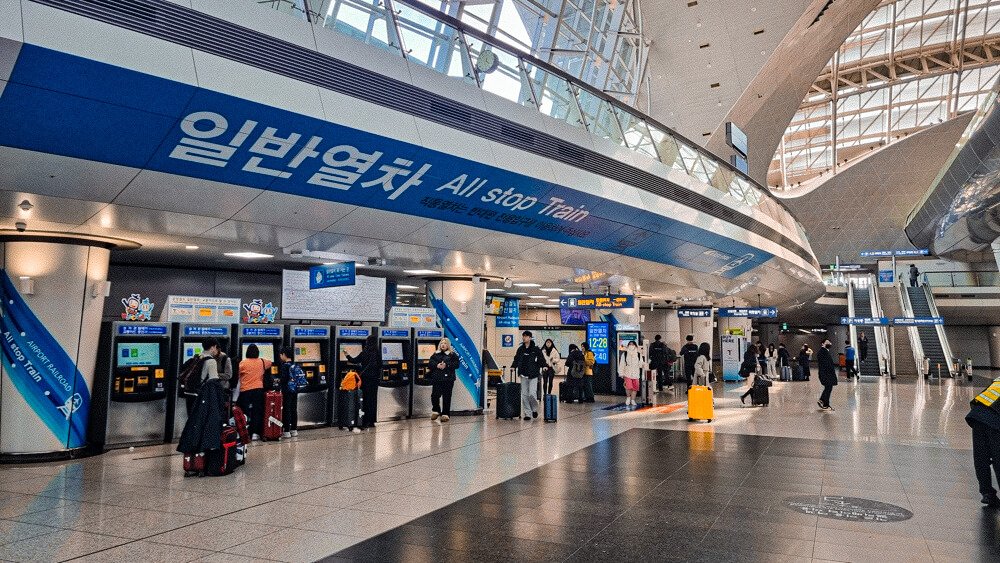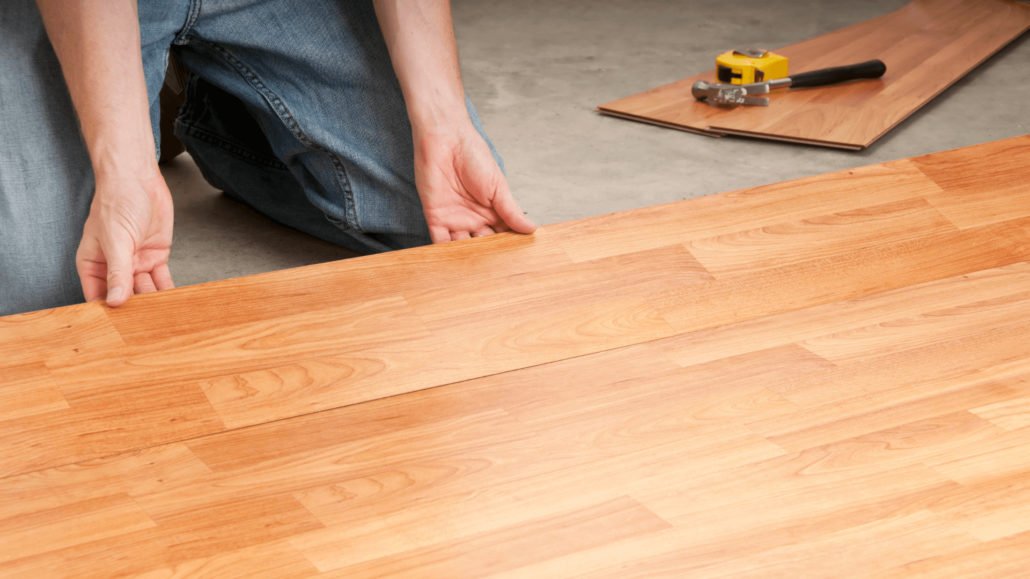Can I Use an 8 Speed Chain on a 10 Speed Cassette?
Mixing bike components like chains and cassettes across different speed ranges is a common question among cyclists. One query that often arises is, “Can I use an 8-speed chain on a 10-speed cassette?” Whether due to availability, budget constraints, or a desire to experiment, understanding the compatibility between these parts is crucial for maintaining optimal bike performance. This article will explore the potential issues, possible solutions, and practical considerations for using an 8-speed chain on a 10-speed cassette.
Understanding the Differences Between 8-Speed and 10-Speed Components
To grasp why this question is important, it’s essential to know the fundamental differences between 8-speed and 10-speed chains and cassettes:
- Chain Width and Design:
- An 8-speed chain is typically 7.1 mm wide, whereas a 10-speed chain is around 6 mm wide. The narrower width of the 10-speed chain allows it to fit properly between the closer sprocket spacing of a 10-speed cassette.
- Cassette Sprocket Spacing:
- A 10-speed cassette has narrower gaps between its sprockets than an 8-speed cassette. This tighter spacing accommodates more gears in the same space, resulting in a smoother and more efficient shift.
- Tooth Profile:
- The teeth on a 10-speed cassette are shaped differently to work specifically with a 10-speed chain, ensuring smooth shifting and proper chain retention.
Given these differences, using an 8-speed chain on a 10-speed drivetrain poses several challenges that could affect your bike’s performance and reliability.
Compatibility of 8-Speed Chain with 10-Speed Cassette
While it is technically possible to use an 8-speed chain on a 10-speed cassette, it is generally not recommended due to several key issues:
- Shifting Performance:
- The wider 8-speed chain may struggle to shift accurately between the closely spaced sprockets of a 10-speed cassette. This can lead to sluggish or missed shifts, making changing gears smoothly and quickly tricky.
- Chain Rub and Noise:
- The extra width of the 8-speed chain can cause it to rub against adjacent sprockets, especially when shifting across multiple gears. This creates excessive noise and can lead to accelerated wear on both the chain and the Cassette.
- Increased Wear and Tear:
- Using an incompatible chain and cassette combination can result in uneven wear on the drivetrain components. The chain may wear down the teeth of the Cassette unevenly, reducing the lifespan of your parts and potentially leading to costly replacements.
When might you consider using an 8 Speed Chain on a 10 Speed Cassette?
Despite these drawbacks, there are a few scenarios where mixing these components might make sense:
- Temporary Fix:
- If you’re on a long ride or in a remote location and your 10-speed chain breaks, an 8-speed chain can temporarily get you home. However, this should only be a short-term fix.
- Cost Considerations:
- Using an 8-speed chain they already own might seem viable for riders on a tight budget. However, weighing the potential cost of accelerated wear and reduced performance against the savings is essential.
- Availability Issues:
- In some cases, particularly during supply shortages, a 10-speed chain might be hard to find. In these situations, temporarily using an 8-speed chain may be a more attractive option than not riding at all.
Practical Tips for Mixing 8-Speed Chain and 10-Speed Cassette
If you decide to use an 8-speed chain with a 10-speed cassette, keep the following tips in mind to minimize potential issues:
- Adjust the Derailleur:
- Fine-tuning your derailleur to accommodate the wider chain can help improve shifting performance. Adjusting the barrel adjuster and limit screws can make a noticeable difference.
- Avoid Cross-Chaining:
- Cross-chaining or extreme gear combinations (such as the smallest chainring with the smallest cog) can exacerbate compatibility issues. Stick to the middle gears for smoother performance.
- Monitor Wear and Tear:
- Keep a close eye on your drivetrain for signs of excessive wear, such as chain stretch or tooth deformation on the Cassette. Regularly check and replace components as needed.
Alternatives to Mixing Components
If you’re looking for a more reliable and long-term solution, consider these alternatives:
- Use a Compatible 10 Speed Chain:
- The best option is to use a 10-speed chain with your 10-speed Cassette. This ensures optimal performance, smooth shifting, and minimal wear on your drivetrain components.
- Upgrade to a Matching Drivetrain:
- If your current setup mixes 8-speed and 10-speed components, consider upgrading to a fully matched 10-speed drivetrain. This investment will pay off in terms of improved performance and longevity.
- Consult a Bike Mechanic:
- Consulting a professional bike mechanic is a good idea if you’re unsure about compatibility or need help adjusting your drivetrain. They can provide expert advice and assistance to ensure your bike is set up correctly.
Conclusion
Can you use an 8-speed chain on a 10-speed cassette? While it is physically possible, it’s not ideal due to the potential for poor shifting performance, increased wear, and general incompatibility. For the best cycling experience, using components designed to work together is always recommended. If you find yourself in a situation where mixing parts is your only option, be prepared to make necessary adjustments and monitor your drivetrain closely. Happy riding!






